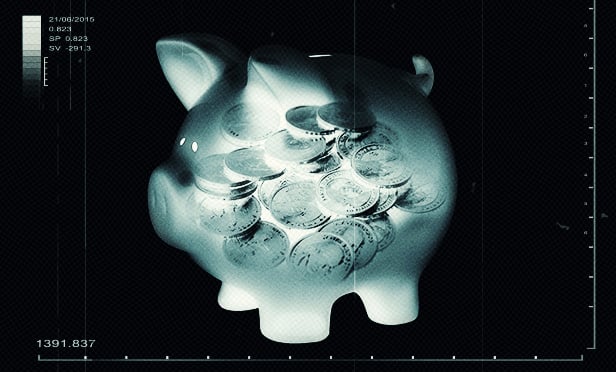Most employees, including in-house counsel, are hopeful aboutthe future of the workplace as it relates to technology andinnovation, a recent survey from Seyfarth Shaw found.
|Related: Automation could replace 7 million jobs by2025
|But 30 percent are outright fearful about potential shifts on the horizon.
|In its inaugural Future Employer Outlook Survey, theChicago-headquartered law firm found that businesses and in-houselawyers are split on how expansive the scope of changes will be foremployers during the next five years.
|Fifty-one percent of respondents said they believe the future ofwork will bring about massive changes, while 49 percent areexpecting moderate changes.
|Related: From wellness to workflow: High techdisrupts health care
|"Business leaders, including corporate legal departments, arenavigating a shifting landscape with a new presidentialadministration, evolving skill sets, talent management, and theways in which their own roles will change in the next five years,"said Laura Maechtlen, national vice chair of the labor andemployment department at Seyfarth, in a press release.
|According to the survey's more than 700 respondents working inlegal and human resources roles, employers will be keeping a closeeye on the regulatory landscape.
|About 35 percent expect the U.S. Department of Labor will be themost aggressive employer watchdog for the next five years.
|Related: 6 compliance issues to watch for in2017
|Some 26 percent believed that the U.S. Equal EmploymentOpportunity Commission would be the most aggressive, followed by 20percent who cited the U.S. Department of Homeland Security, 13percent who cited the National Labor Relations Board, and 6 percentwho cited the U.S. Department of Justice.
|"Many respondents view the new administration as 'pro-employer'and expressed hope that labor regulations would shift in response,"the report said. "Despite these expectations, they do not see thebalance of power shifting among government watchdogs."
|Related: Robo-advisors will disruptmarket
|Meanwhile, 48 percent believe that the executive branch willhave the greatest impact on the workplace in the future. Thirty-twopercent think the judicial branch will most impact the workplaceand 20 percent feel it will be the legislative branch.
|Additionally, 68 percent of those surveyed expect there will bean increase in the next five years in employment cases that findtheir way to the U.S. Supreme Court. The other 32 percent did notanticipate a spike in employment cases.
|"The rate at which employment law is both evolving at a federallevel and fracturing on a state/local level, as well as theincrease in litigation and class actions, makes it more difficultfor national employers to remain in compliance," one anonymoussurvey respondent wrote.
|Another mentioned, as an example, that there has been "onlyminor updating over the decades" to the federal wage-and-hour laworiginally passed in the 1930s: "As we move to a more independentworkforce, federal and state legislation is not being updated toreflect the new economic reality."
Complete your profile to continue reading and get FREE access to BenefitsPRO, part of your ALM digital membership.
Your access to unlimited BenefitsPRO content isn’t changing.
Once you are an ALM digital member, you’ll receive:
- Critical BenefitsPRO information including cutting edge post-reform success strategies, access to educational webcasts and videos, resources from industry leaders, and informative Newsletters.
- Exclusive discounts on ALM, BenefitsPRO magazine and BenefitsPRO.com events
- Access to other award-winning ALM websites including ThinkAdvisor.com and Law.com
Already have an account? Sign In
© 2024 ALM Global, LLC, All Rights Reserved. Request academic re-use from www.copyright.com. All other uses, submit a request to [email protected]. For more information visit Asset & Logo Licensing.








